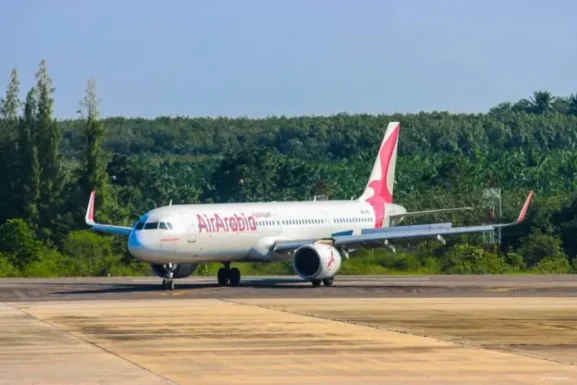The Boeing 747-400’s most challenging landings at Kai Tak in 1996
The approach at Kai Tak Airport in Hong Kong was known as one of the most difficult landings for several reasons:
- The Checkerboard Approach: Pilots had to make a sharp 47-degree turn at low altitude to line up with the runway, using a large checkerboard on a hill as a visual guide. This required precision, skill, and experience, as it came at the end of a steep descent.
- Surrounding Terrain: The airport was located near mountainous terrain, which complicated approaches, especially in poor weather conditions. Pilots had to navigate around hills and densely populated areas, making it particularly challenging.
- Wind and Weather: Hong Kong often experiences crosswinds and typhoons, adding further difficulty. Sudden wind shifts near the ground could destabilize the aircraft just before landing.
- Proximity to the City: The runway was surrounded by high-rise buildings, and planes often flew over densely populated areas at very low altitudes. This created additional stress for pilots, who had to remain vigilant in navigating obstacles while preparing to land.
Overall, Kai Tak’s combination of complex approach procedures, natural obstacles, and unpredictable weather made it one of the most challenging airports for pilots to land at.



